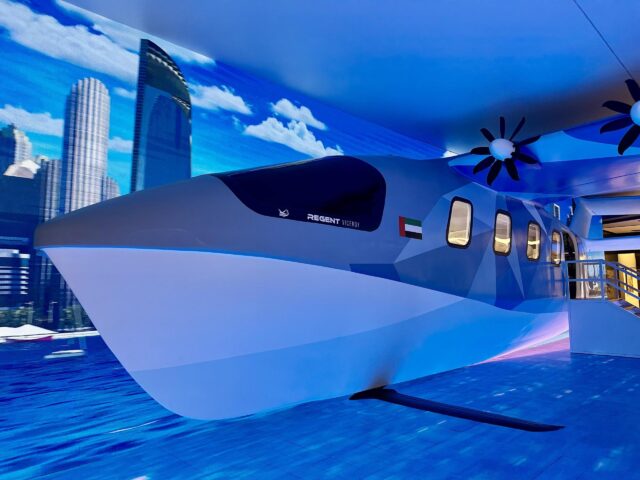SpaceX’s giant Starship nails its 10th launch, splashing down safely and marking its most successful flight so far

August 27, 2025

After two days of weather delays and a scrubbed launch due to ground system issues, SpaceX’s mammoth Starship rocket finally lifted off from its Starbase complex in South Texas on Tuesday, 26 August.
The launch is being hailed as the most successful and significant test flight of the programme to date.
Towering 123 meters tall, Starship is not only the largest rocket ever built but also the most powerful machine humanity has ever launched.
Capable of generating 16.7 million pounds of thrust, the fully reusable two-stage rocket is central to Elon Musk’s ambition of making life multiplanetary and a key part of NASA’s Artemis programme to return humans to the Moon.
SpaceX Starship sees success at last
The launch marked the 10th overall test flight for the Starship programme, and its fourth in 2025. But this time, after months of fiery failures and mid-air disintegrations, the mission soared, both literally and symbolically.
Shortly after 18:30 local time (23:30 GMT), the Super Heavy booster ignited and lifted the rocket skyward. All 33 engines fired as planned, and after about seven minutes, the booster successfully splashed down in the Gulf of Mexico, demonstrating critical upgrades to redundancy and flight controls.
Liftoff of Starship! pic.twitter.com/d6d2hHgMa0
— SpaceX (@SpaceX) August 26, 2025
Meanwhile, the Starship upper stage – the spacecraft intended one day to ferry humans to the Moon and Mars – separated cleanly, reached nearly 200 kilometres above Earth, and embarked on a suborbital arc.
For the first time, it deployed Starlink satellite simulators, pointing to its future role in global internet infrastructure.
Splashdown confirmed! Congratulations to the entire SpaceX team on an exciting tenth flight test of Starship! pic.twitter.com/5sbSPBRJBP
— SpaceX (@SpaceX) August 27, 2025
An hour later, Starship re-entered the atmosphere over the Indian Ocean, using its upgraded flaps and reinforced heat shield to withstand the extreme conditions. SpaceX confirmed a successful landing burn and soft splashdown, ticking off another major milestone.
“Great work by the SpaceX team!!!” Musk posted on X shortly after the flight.
A Starship launch after several failures
More than a display of power, the 26 August flight was a redemption moment for a programme long plagued by setbacks.
Explosions in January and March scattered debris across the ocean, a May test ended in failure, and a June ground accident even flung wreckage across the Mexican border.
Those incidents drew regulatory scrutiny and scepticism across the aerospace world.
🚨 SpaceX’s Starship 36 just exploded in a massive fireball prior to launch. pic.twitter.com/mTKsXjNXOo
— Indian Tech & Infra (@IndianTechGuide) June 19, 2025
This time, the tone was markedly different. With controlled landings and valuable data collected, the test achieved clean milestones.
“Success will continue to be measured by what we are able to learn,” SpaceX said in a post-flight statement. But even by its own standards, this was a rare blend of engineering progress and public spectacle.
“Flight 10’s success paves the way for the Starship Human Landing System that will bring American astronauts back to the Moon on Artemis III,” tweeted NASA’s acting administrator Sean Duffy, who also serves as US Secretary of Transportation.
SpaceX mission to Mars: What’s next?
While NASA focuses on lunar missions, SpaceX is looking further. Musk envisions Starship as the vessel to carry humans to Mars, with uncrewed missions potentially launching as early as 2026.
With a payload capacity more than double that of NASA’s Saturn V, Starship is poised to reshape interplanetary logistics.
The rocket is also expected to replace SpaceX’s Falcon 9 for Starlink deployment, enabling the launch of larger, more capable satellites. For Musk, Starship is not just about rockets; it is the foundation for building a multiplanetary civilisation.
In May, Musk pledged a faster launch cadence, with new test flights every three to four weeks. If Tuesday’s mission is any indication, SpaceX may finally be on track to deliver.

A larger, more capable Starship variant is already in development, and future tests are expected to trial more ambitious recovery techniques, including the dramatic mid-air “chopstick” booster catch system.
While regulatory approvals and technical hurdles remain, the August 26 mission may well stand as a turning point in spaceflight; the moment when the world saw a giant metal tower rise from the Texas coast and, just perhaps, caught a glimpse of humanity’s future among the stars.
















